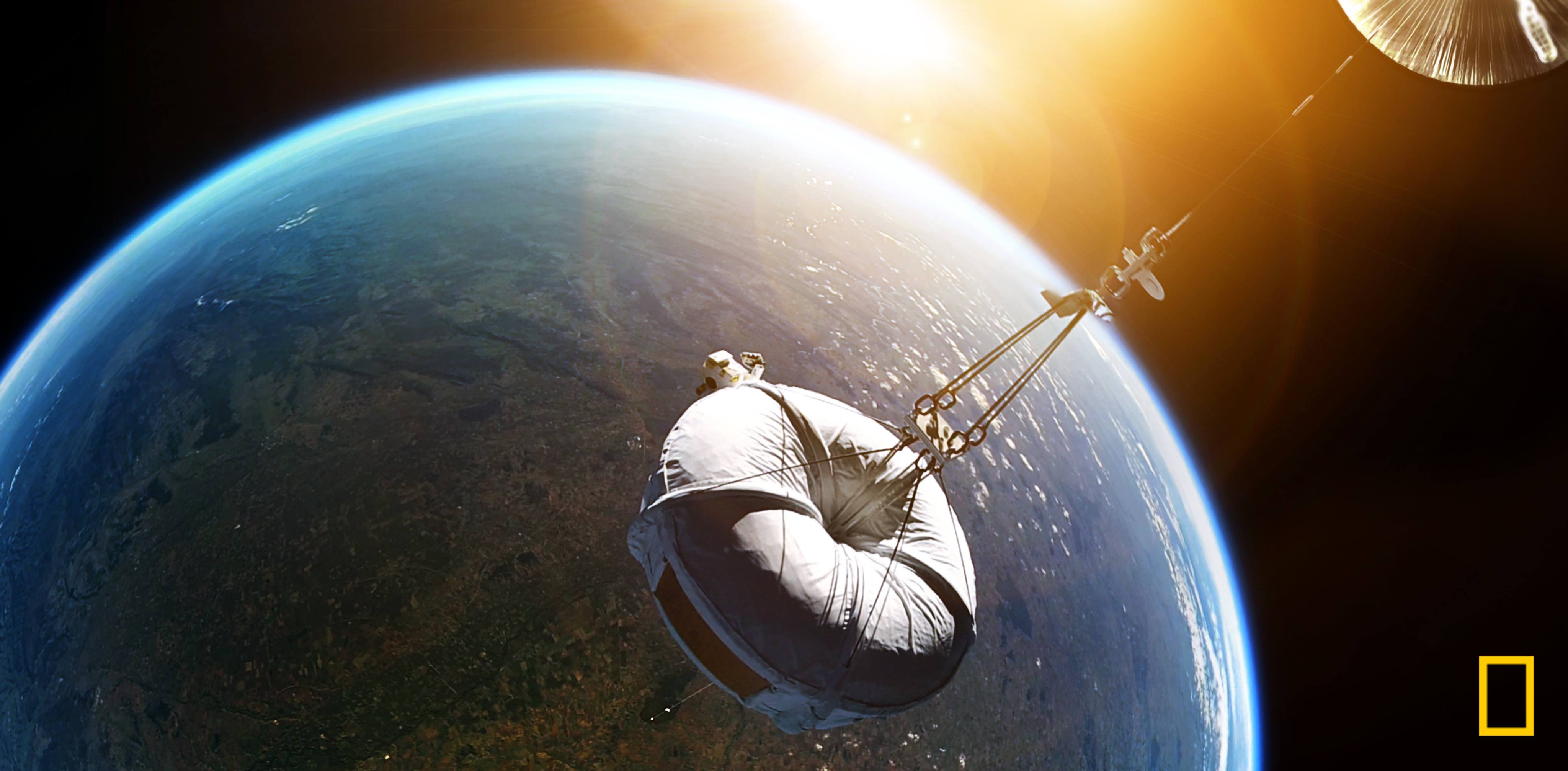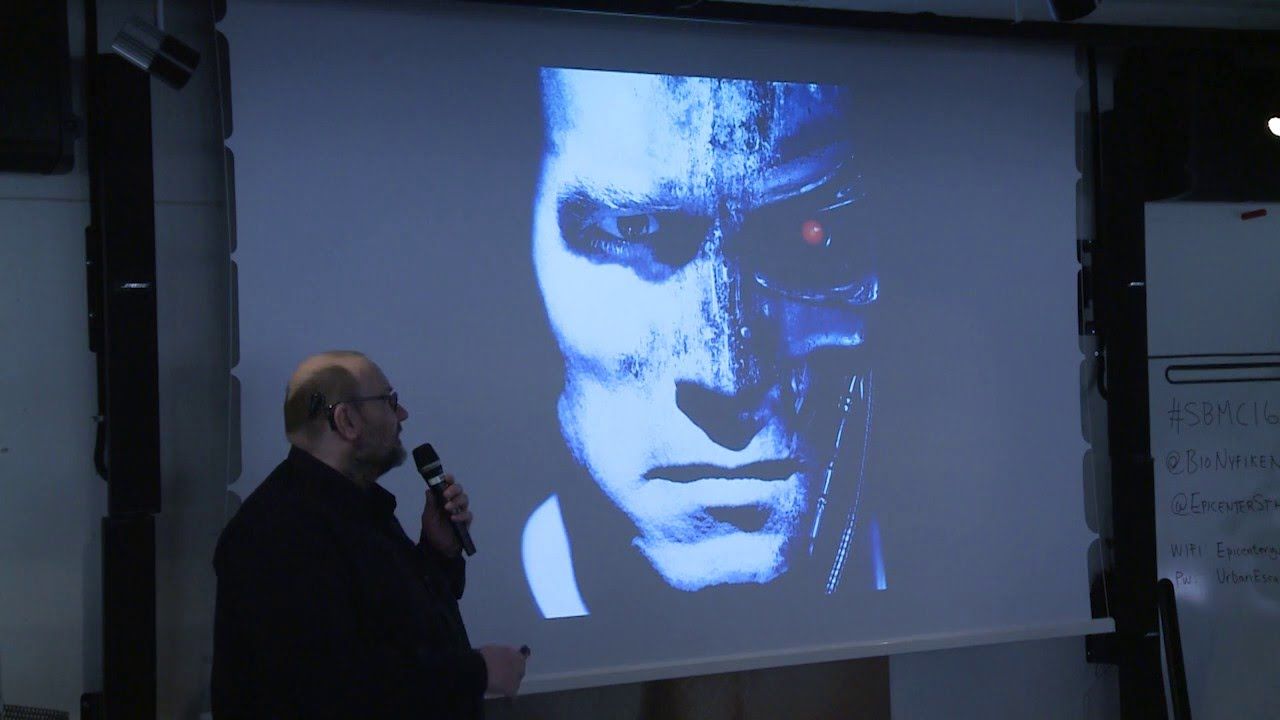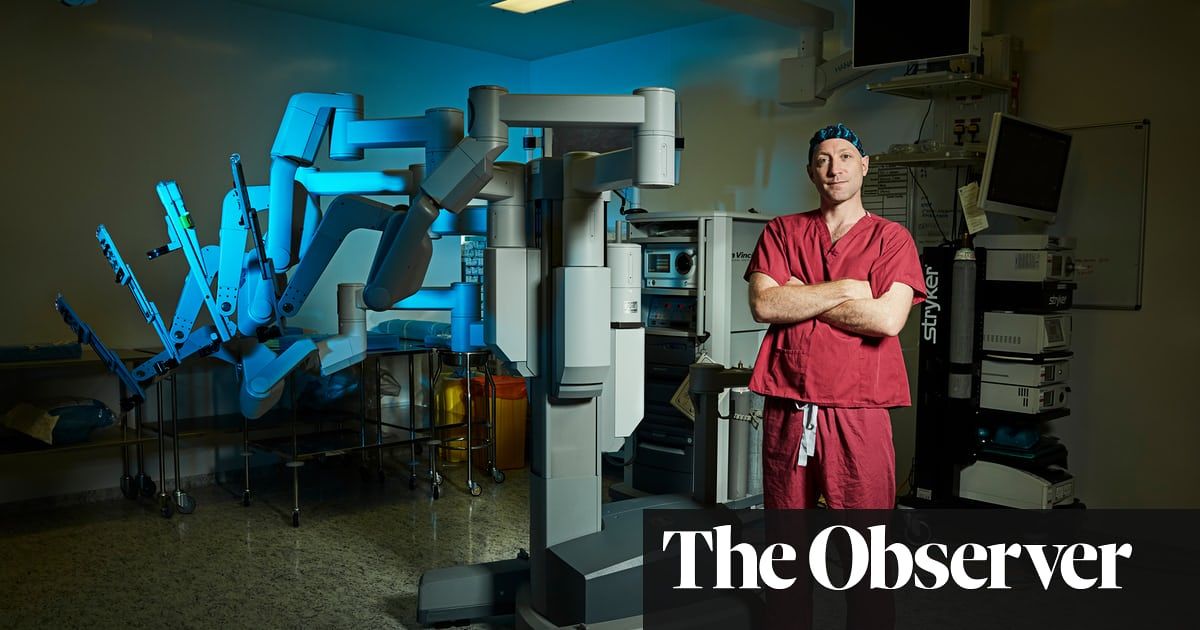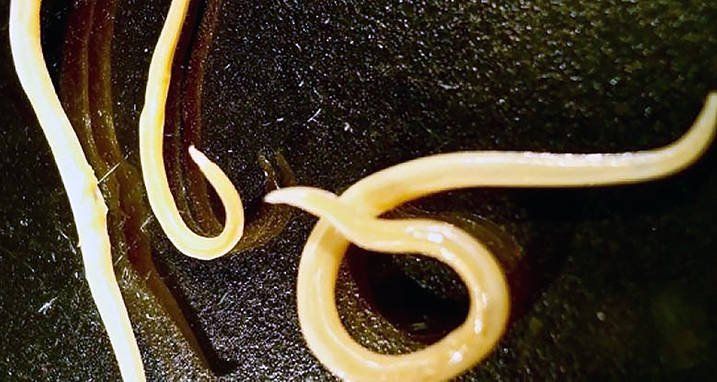Page 9795

See the Earth from 20 miles (32 km) above in this breathtaking 360° footage captured from a weather balloon.
Jul 29, 2018
What humans must do to make Mars home
Posted by Alberto Lao in categories: habitats, space travel
Jul 29, 2018
This 3D-printed AI construct analyzes
Posted by Genevieve Klien in categories: 3D printing, mathematics, robotics/AI
Machine learning is everywhere these days, but it’s usually more or less invisible: it sits in the background, optimizing audio or picking out faces in images. But this new system is not only visible, but physical: it performs AI-type analysis not by crunching numbers, but by bending light. It’s weird and unique, but counter-intuitively, it’s an excellent demonstration of how deceptively simple these “artificial intelligence” systems are.
Machine learning systems, which we frequently refer to as a form of artificial intelligence, at their heart are just a series of calculations made on a set of data, each building on the last or feeding back into a loop. The calculations themselves aren’t particularly complex — though they aren’t the kind of math you’d want to do with a pen and paper. Ultimately all that simple math produces a probability that the data going in is a match for various patterns it has “learned” to recognize.
The thing is, though, that once these “layers” have been “trained” and the math finalized, in many ways it’s performing the same calculations over and over again. Usually that just means it can be optimized and won’t take up that much space or CPU power. But researchers from UCLA show that it can literally be solidified, the layers themselves actual 3D-printed layers of transparent material, imprinted with complex diffraction patterns that do to light going through them what the math would have done to numbers.
Jul 29, 2018
In a Future of Mind Uploading, Who Will Own the Data That is You?
Posted by B.J. Murphy in categories: life extension, neuroscience

The year is 2050 and researchers have developed an advanced method of replacing 99% of your brain’s functions for digital software/hardware. The process is slow to ensure individuals aren’t simply making copies of themselves. But in return, “digital immortality” has been achieved.
In a future of mind-uploaded “immortals,” will we achieve unlimited freedom or will we simply become slaves to a private entity which owns the data that makes up our own digital minds?
Continue reading “In a Future of Mind Uploading, Who Will Own the Data That is You?” »
Jul 29, 2018
The robot will see you now: could computers take over medicine entirely?
Posted by Steve Nichols in categories: biotech/medical, robotics/AI
They already perform remotely controlled operations – now robots look set to be the physicians of the future. Tim Adams investigates.
Jul 29, 2018
Study finds evidence that leopard geckos can make new brain cells
Posted by Marcos Than Esponda in categories: biotech/medical, life extension, neuroscience
Published in Scientific Reports, this study is the first to provide evidence of new neuron formation—and the presence of stem cells—in the leopard gecko brain.
University of Guelph researchers have discovered the type of stem cell allowing geckos to create new brain cells, providing evidence that the lizards may also be able to regenerate parts of the brain after injury.
This finding could help in replacing human brain cells lost or damaged due to injury, aging or disease.
Continue reading “Study finds evidence that leopard geckos can make new brain cells” »
Jul 29, 2018
These Worms Unfrozen After More Than 30,000 Years Are Now The Oldest Living Animals On Earth
Posted by Amberley Levine in category: futurism
The worms were the only two ressurected out of the 300 worms analyzed. They’re alive for the first time since the Pleistocene age.
Jul 29, 2018
SpaceX Killer — The Great Rocket Race | MUST WATCH
Posted by Montie Adkins in category: space travel

A very nice summary on everyone in the new space race.
Just a few months ago, SpaceX’s Falcon Heavy created History by not only sending a car to Outer Space but also landing the Boosters with Pin point accuracy. It may seem that the Future of Space Race will be dominated by SpaceX, or is it?
Continue reading “SpaceX Killer — The Great Rocket Race | MUST WATCH” »
Jul 29, 2018
A 7th-Grader Built an Underwater Rover to Save Oceans From Microplastics
Posted by Genevieve Klien in category: engineering
The energetic pre-teen has the full support of Ann Fornof, Ph.D., a polymer scientist with Ludwig-Maximilians-University of Munich, who is her assigned mentor and is advising Du over the summer on her ROV.
“What makes mentoring Anna so exciting is that she has all of the qualities — all of those essential ingredients — to be a great scientist,” Fornof explains to Inverse. “She is passionate about science and its potential to have a positive impact on society; she is curious about how things work and how she can utilize science to better our environment; and she works hard to make creative advancements and solve any problems that she encounters.”
Du, who loves the ocean and marine animals, is set on helping the natural world through her engineering. With her infrared ROV, says Fornoff, Du is “looking with a different lens at a substantial challenge that many scientists and engineers would like to address.”
Continue reading “A 7th-Grader Built an Underwater Rover to Save Oceans From Microplastics” »














